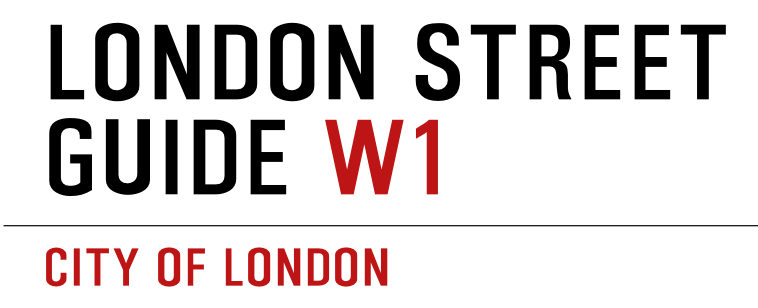Place Name
On the face of it this short, busy, and dirty looking road, that connects the A205 in the Wandsworth gyratory hardly screams of historical significance. But examine it more closely and there are clues to its former importance. Firstly, there is the large parish church of All Saints on its south western corner, which has stood here in one guise or another since 1234; then there is the row of Georgian houses, which appear to have clung on defying town planners for more than 200 years. But perhaps the giveaway is that it also goes by the name A217 which runs from Fulham to the borders of West Sussex and originally on to Brighton. So this was once a highway of some status. In fact this road was more than just an interconnecting byway, it was once at the very nucleus of Wandsworth village life. At the junction with High Street stood that perennial of English tradition, the maypole, a feature of a map drawn in 1640. It was around this time that it became a settlement for Huguenot refugees, who brought expertise in textiles and brewing. By the 18thCentury, Wandsworth had established itself as an industrial centre, with mills and breweries flourishing along the Wandle. As for the name it comes from flat land in the centre of Wandsworth, which itself means an enclosure of a man named Waendel, who is believed to be a well-to-do Saxon. It first appears in the records sometime around the first millennium as Wendleswuróe and in the Domesday Book of 1086 as Wendelesorde. Since then it appeared in documents variously spelt as Wendleswurda in 1184, Wanlesworth in 1203 and Wannesworth in 1393. The name also explains the origin of the River Wandle.
![]()
